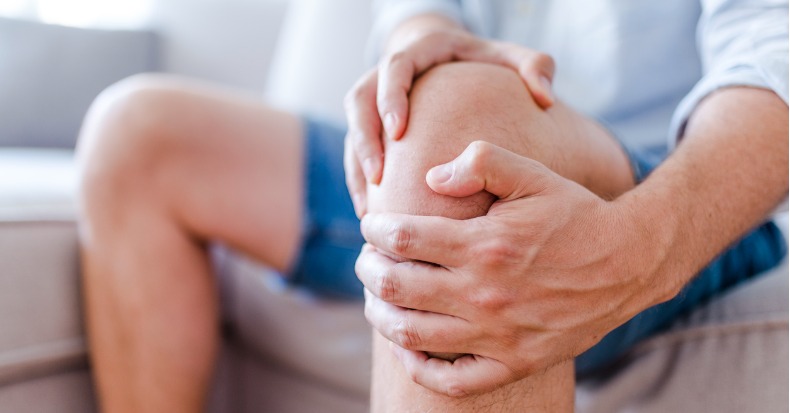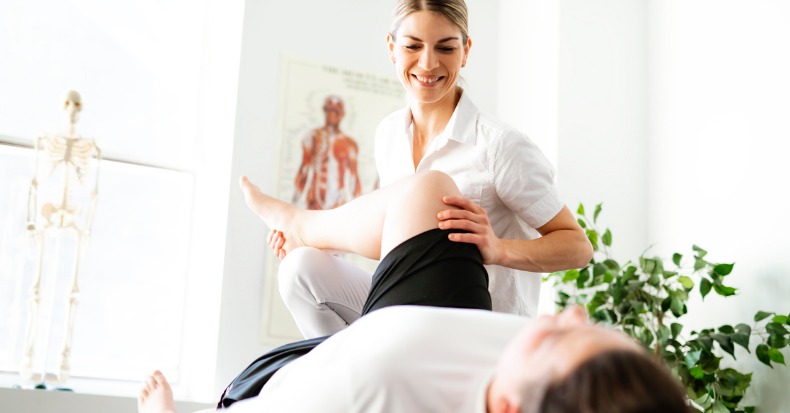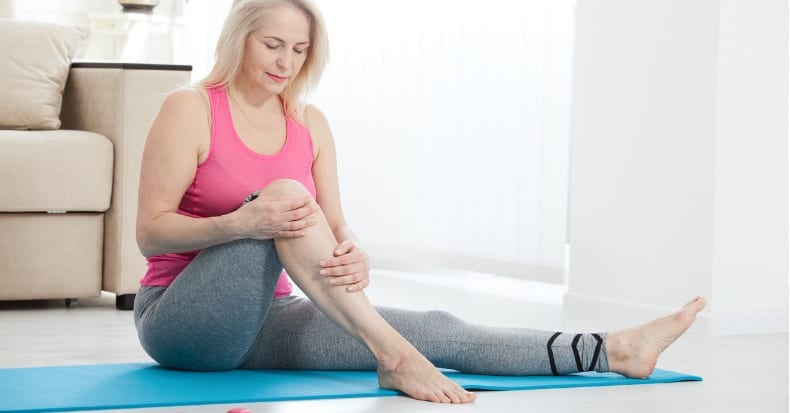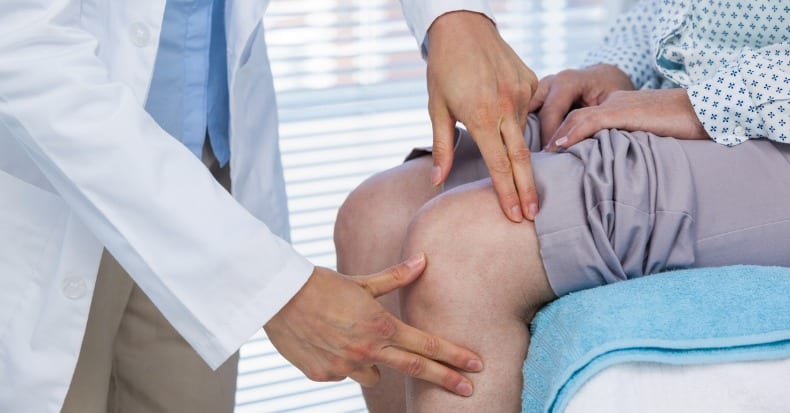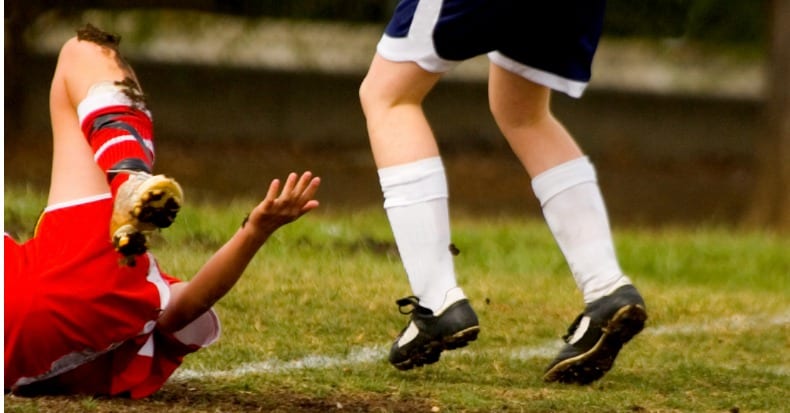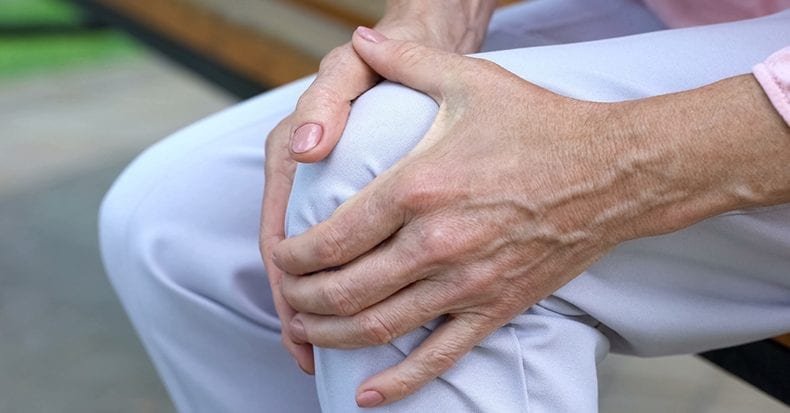The anatomical and physiological differences between men and women are obvious in many ways. But one way that’s often overlooked is how these differences relate to knee-related injuries, of which women may be between two-to-eight times more at risk for than men. When it comes to the lower extremities, an issue in the foot, ankle, […]
Lowering the Risk for Knee Osteoarthritis
Osteoarthritis is the most common chronic joint condition. It causes local inflammation and breakdown of cartilage with joint structural changes that provoke pain and loss of function that results in a considerable reduction in quality of life. Knee osteoarthritis (KOA) is one of the most disabling osteoarthritic conditions and it’s becoming more prevalent. So, what […]
Manual Therapy for Knee Pain
Knee pain is a common complaint, and patients often wonder if manual therapies provided by a doctor of chiropractic can help manage their knee pain. In many cases, the answer is yes. Let’s take a look at what the research has to say about using manual therapy to address two frequent causes of knee pain […]
Ankle Pronation and Knee Osteoarthritis
Knee osteoarthritis (KOA) is a very common condition that is a significant cause of disability in older adults, often resulting in knee replacement surgery. There are several contributing factors to KOA, and perhaps one of the most important issues is excessive force exerted on the knee joint by improper biomechanics of the foot and ankle. […]
Things to Consider Before Knee Joint Replacement
When it comes to a condition like chronic knee pain, there are many treatment options available to reduce pain and improve function, including chiropractic care. However, there are cases when a patient may opt for total knee arthroplasty (TKA). In some instances, they may be able to resume their everyday activities, but a segment of […]
Knee Injuries in Youth Soccer Players
There are over 3 million registered youth soccer players in the United States. While playing organized sports offers many benefits to children and teens, the activity also comes with the possibility of injury—especially knee injuries among female players. There are two types of injuries associated with soccer: acute and overuse. Acute injuries have an immediate […]
Running and the Knees
Running is one of the most popular forms of exercise, largely because it can be done almost anywhere at any time and it doesn’t require much in the way of equipment (other than a pair of running shoes). While there is a common belief that running always leads to osteoarthritis (OA) of the knee, the […]
Exercise Can Help Knee Osteoarthritis
In the face of musculoskeletal pain, it’s common to restrict activity. Unfortunately, doing so can weaken the muscles and joints in the affected area, which can prolong pain and elevate the risk for future injury. Patients with osteoarthritis of the knee often fall into this trap. So, what type of exercises are best for improving […]
Knee Pain and Foot Problems
Patellofemoral pain (PFP) is commonly associated with running, jumping, squatting, and walking up/down stairs. It’s thought that PFP is caused by excessive rubbing between the back of the patella and groove, or track, that it rides in. Besides overuse, additional causes for PFP pain include muscle imbalance or weakness or direct trauma. The condition is […]
What Is Patellofemoral Pain?
While chiropractic care commonly focuses on improving function in the spine to reduce neck pain and back pain, in many cases achieving a successful outcome is only possible when treatment addresses conditions elsewhere in the body. For example, ANY painful condition of the knee can alter one’s gait pattern, which can result in abnormal movement […]

